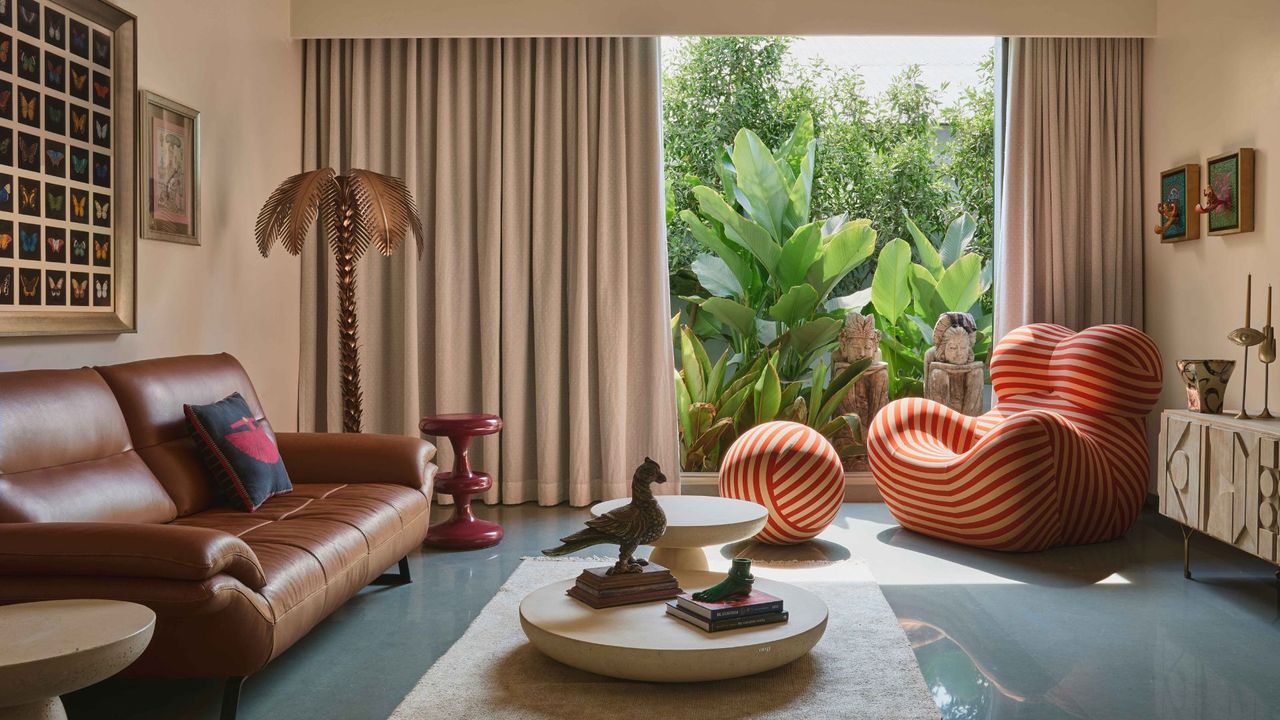
Whether you're beginning your day with a morning meditation or ending the day with an hour of guided mindfulness, this art of making time for moments of zen is a great way to unwind. And there's no better space to do so than in your own abode.
And if you want to center your wellness room towards the single goal of having an area in your home to close your eyes and breathe with intention, then a meditation room might be what you're looking for.
The design of this space can make or break the ambiance desired for a meditative experience. So here's what you need to know about quelling the noise and creating a meditation room that hums with you.
What Is a Meditation Room?
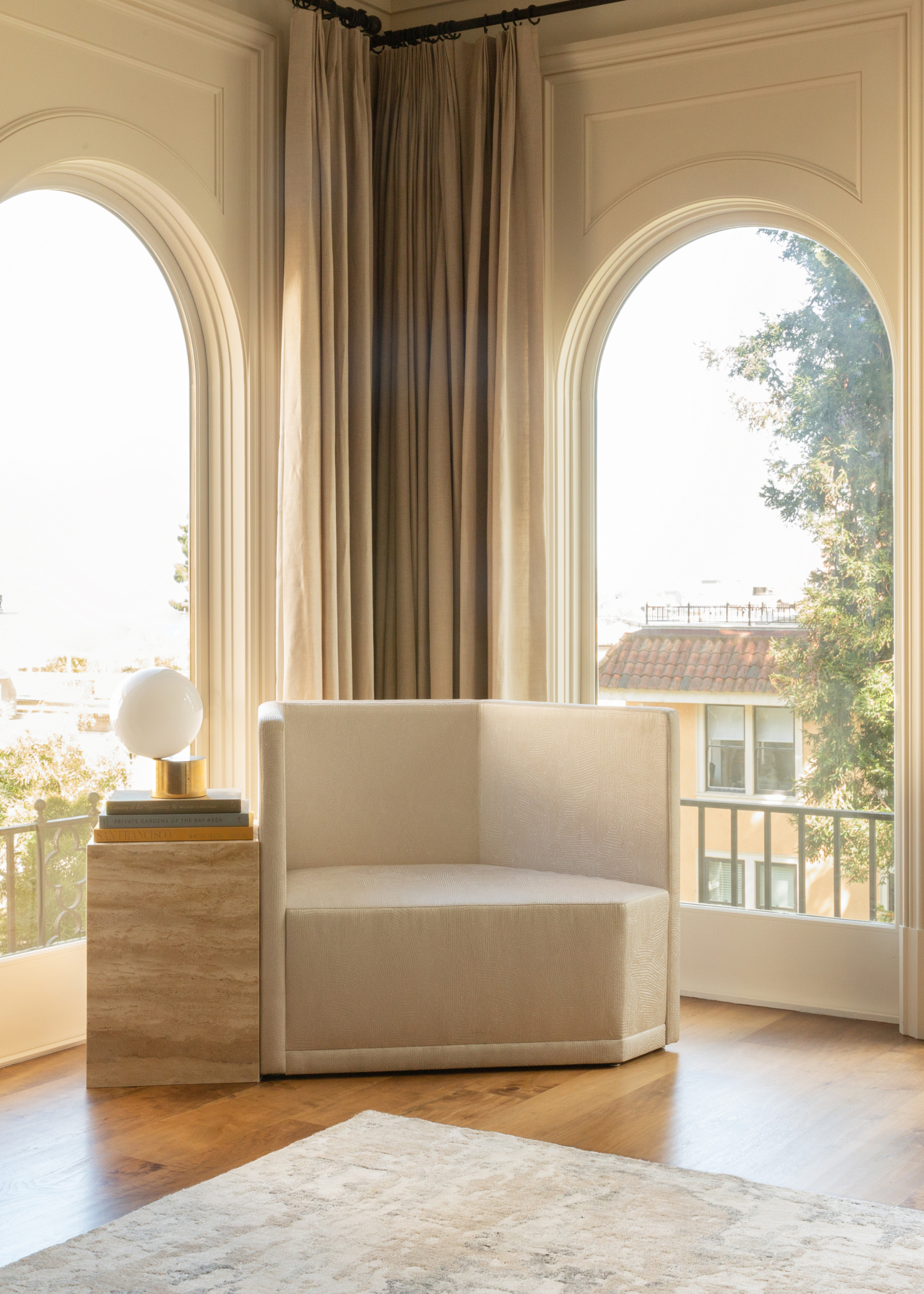
Farah Agarwal, founder of Chestnut Storeys, says that a meditation room is a space that allows you to pause and re-center, a gentle escape from the everyday rhythm of life. And besides learning how to meditate at home, it's also important to understand what goes into designing a space that harnesses the power of this wellness practice.
"It’s not about creating something elaborate or distant from the rest of the home, but about carving out a small sanctuary that helps you slow down, breathe, and reconnect with yourself," she notes.
"It doesn’t necessarily have to be a dedicated room; sometimes it’s a quiet nook by a window, a breezy corner filled with natural light, or even a cozy spot that overlooks greenery. What matters most is the feeling it evokes, a sense of calm, grounding, and stillness amidst the movement of the day."
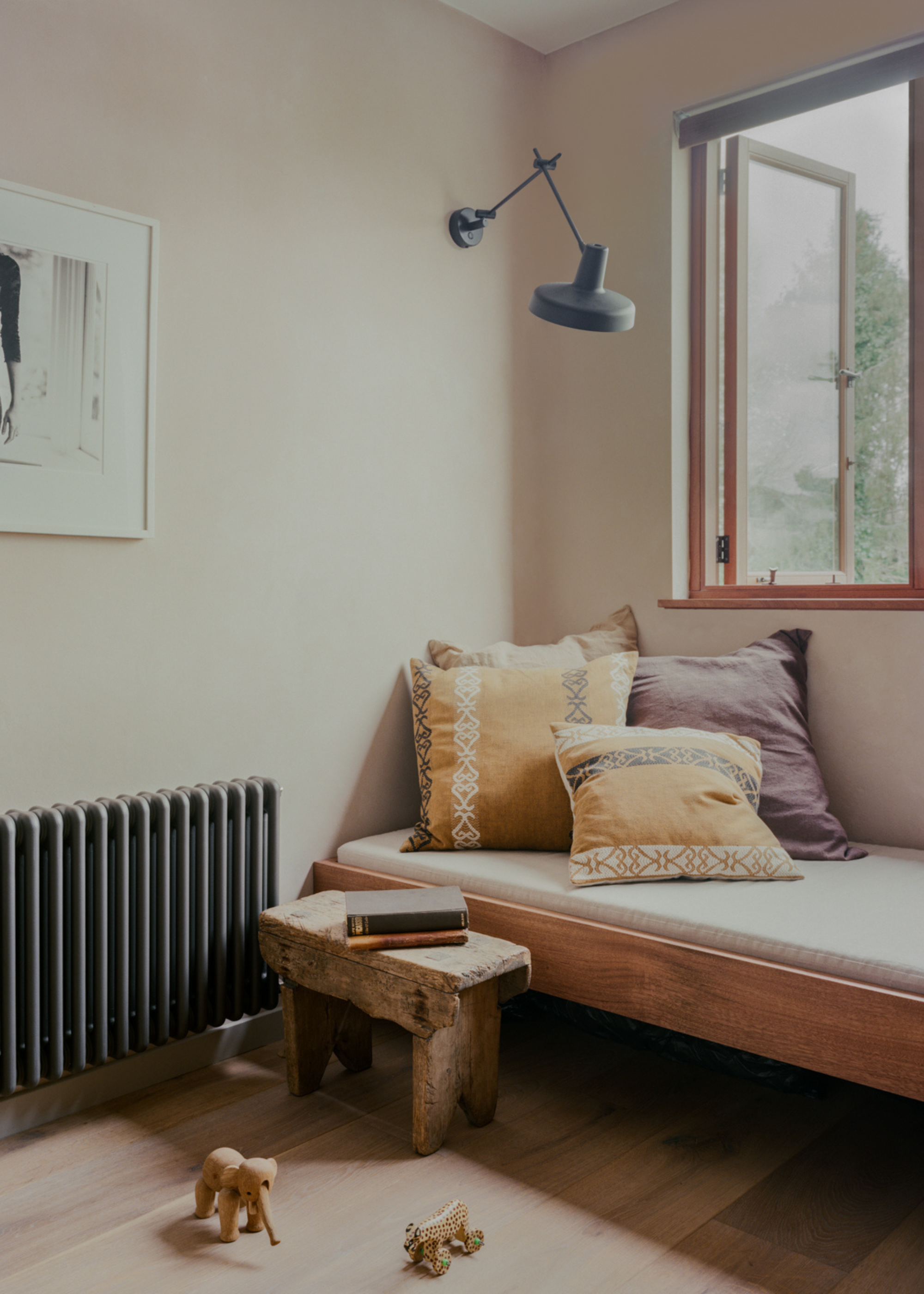
When it comes to designing connective spaces like meditation rooms and wellness gardens, the key is to let your natural instincts guide the way for a corner that feels completely authentic. After all, as Laetitia Murguet, founder of ŌANI Studio, explains, dedicated meditation rooms can sometimes feel too intentional, almost forced.
"I’m more interested in designing a place that inspires stillness naturally, through textures, light, and the presence of nature, so that your body, your mind, and your heart begin to breathe together again," she says.
"What matters is that it resonates with your senses. The space itself becomes an instrument. It helps tune you to coherence between thought, feeling, and sensation."
How to Design a Meditation Room
Ready to design your very own meditation room and become one with your space? Below, experts have set out a few ideas that will inspire you to transform your home into a hub of wellness and calm.
1. Surround Yourself With a Soft Muted Palette
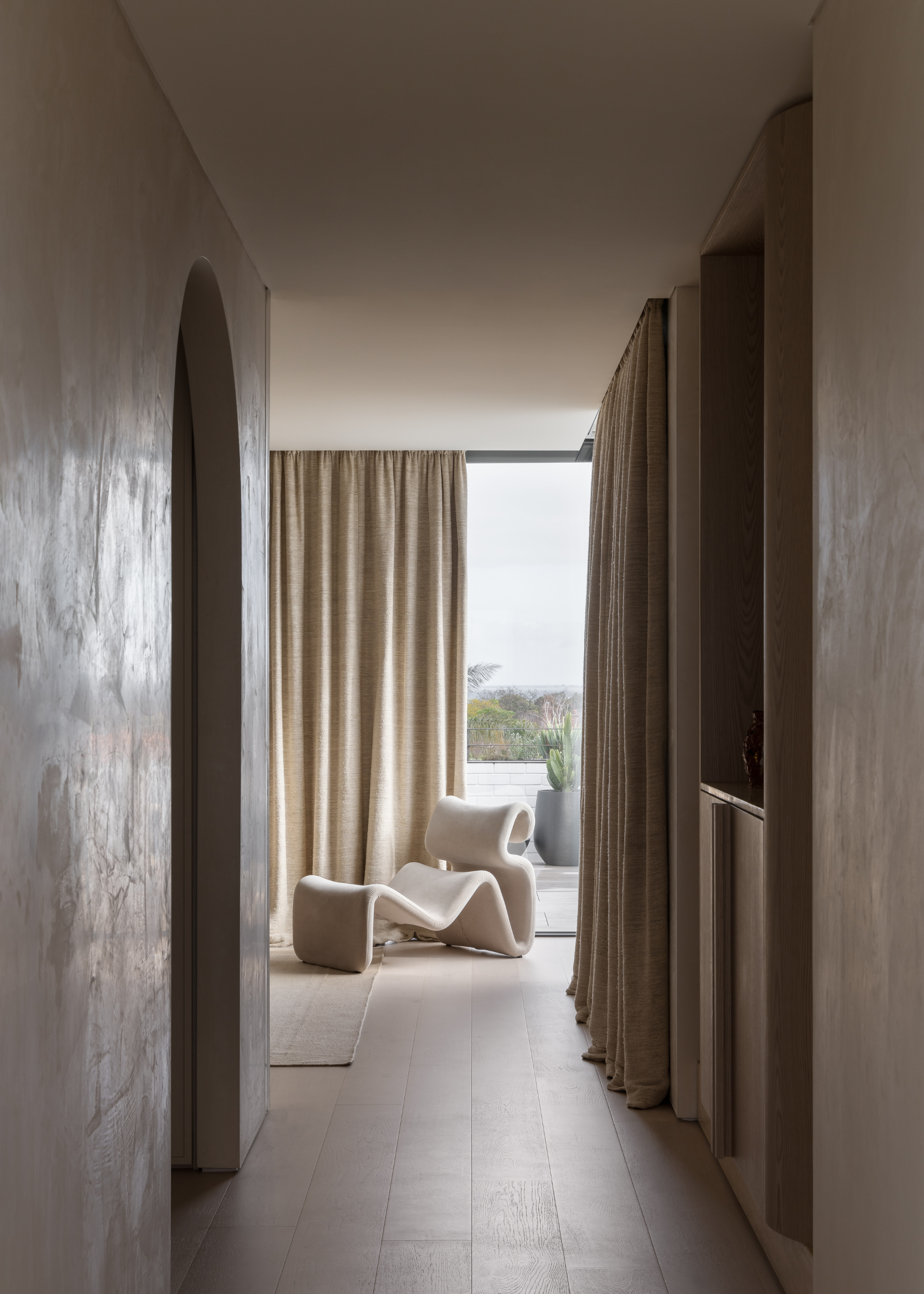
"Since meditation rooms are quiet, specially designed spaces in the home, they differ from ordinary spaces in that there are no distractions. They’re designed for peace and quiet, and the textures you use should reflect as such," says Evelina Juzėnaitė, principal interior designer at Planner 5D.
"Stick to a neutral and natural palette and avoid bright, disrupting colors. Think soft, earthy colors such as white, sage, beige, and soft grays that will help you relax."
And aside from just the colors blanketing the room, Farah explains that textures play a crucial role in calming the space, too. This is where cozy minimalism can shine.
"I’ve always believed that materials carry emotion. Natural, tactile surfaces like wood, linen, stone, and rattan bring an honesty and stillness that modern life often misses," she notes.
"These are materials that feel lived-in and real. Layer them gently with a woven rug, a handmade mat, or a cotton throw so the space feels warm, grounded, and deeply human."
Color: Beige
A firm but soft seater like this Cotton Blend Bean Bag Lounger from Isabelle & Max is a great option for seated meditation.
2. Channel the Natural Elements

Having imbibed the practice of meditation into my wellness routine for over three years now, one of my favorite ways to bring the space together is to channel the natural elements.
"You can start by decorating with plants," says Evelina. "By simply introducing a cluster of live houseplants into this space, you can instantly add a rooted ambiance, a sense of comfort, and improve air quality."
Our guide to the best houseplants that clean the air is a great source of inspiration. Or, you can look to our round-up of low-maintenance houseplants if you prefer a more low-stakes and highly verdant vibe.
Feng Shui expert Helen Ye Plehn also suggests making it a safe area by adding elements, crystals, and flowers. "This will help foster a serene environment conducive to meditation," she says.
Aside from indoor zen garden ideas, you can channel the element of water by bringing in a soothing water feature, like a mini fountain.
Includes: Boston Fern + Peace Lily + Snake Plant
This Air Purifying Bundle by Beards & Daisies from H&M comes with a trio of purifying plants you won't regret.
3. Let Light Breathe Through the Space
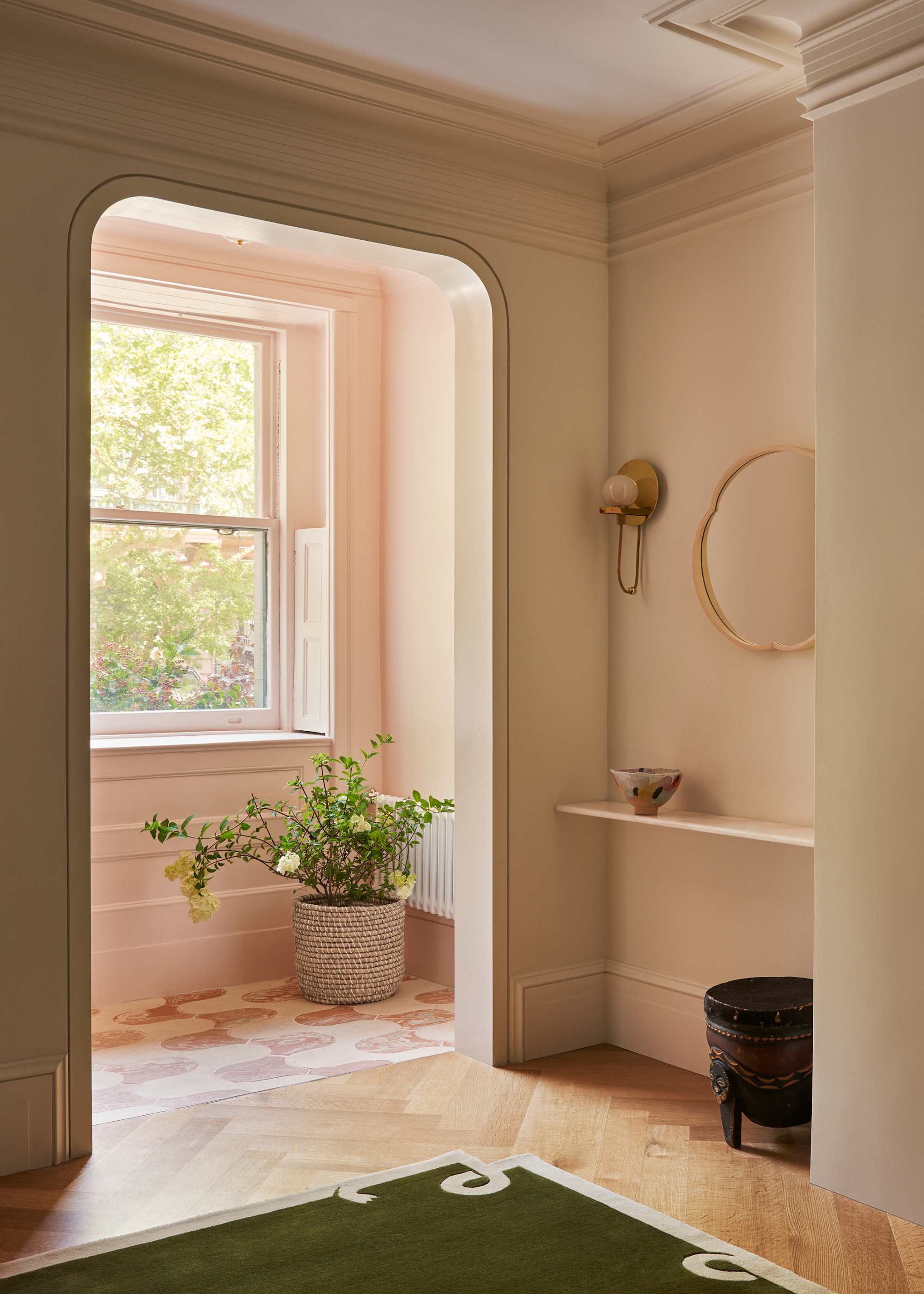
Ester Corti, co-founder of Mitchell + Corti, tells me that natural light is highly preferable when designing a meditation room.
"Alternatively, if relying on artificial lighting, I recommend concealing the source of light and using frosted light fittings to give a warm, soft glow rather than intense directional light," she says.
"I also usually advocate for a meditation space to have visibility and a connection to the outdoors. So a framed view onto a garden or landscape, a room with a skylight or an openable window to enable a breeze through the room, are all prime options."
Not only is this consideration of light a great way to make your home feel calm, but it will also support your meditation by helping you align your mind and body to the natural shift of the day.
Color: Light Beige
I love the idea of an evening meditation in the glow of this beautiful Rice Paper Floor Lamp from H&M.
4. Include Calming Fragrances and Soundscapes
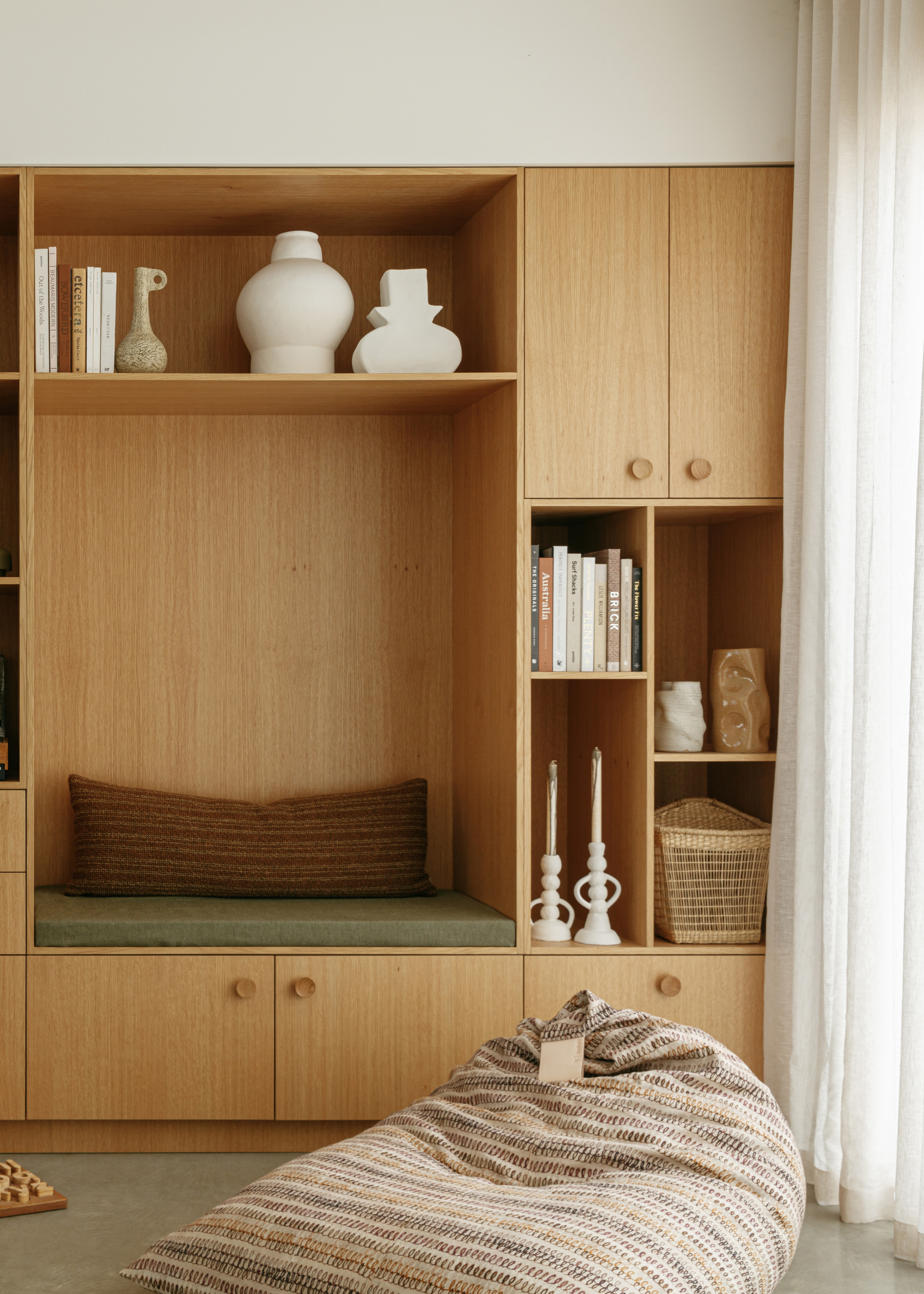
Now that you have intently considered the senses of sight and touch, the only other senses that remain important in a meditation room are those of smell and sound.
While I love the idea of lighting a couple of candles, you might not be able to shake the thought of an open flame nearby. In that case, Evelina tells me that tranquil essential oil diffusers are a welcome addition to this space. "Use them with fragrances that promote calming environments, such as mint or lavender," she advises.
Helen also suggests implementing sound healing in your meditation room. "Play Solfeggio frequencies within 528 Hz for feelings of love and gratitude, and 852 Hz for intuition and focus," she says.
As an alternative, she recommends including sound baths, which are helpful spiritual tools both inside a wellness bedroom and in a meditative zone.
Size: 350 ml
Jo Malone London's Lilac Lavender & Lovage Townhouse Diffuser is the perfect blend for an unwinding atmosphere in your meditation room.
5. Create with Intention, Not Perfection
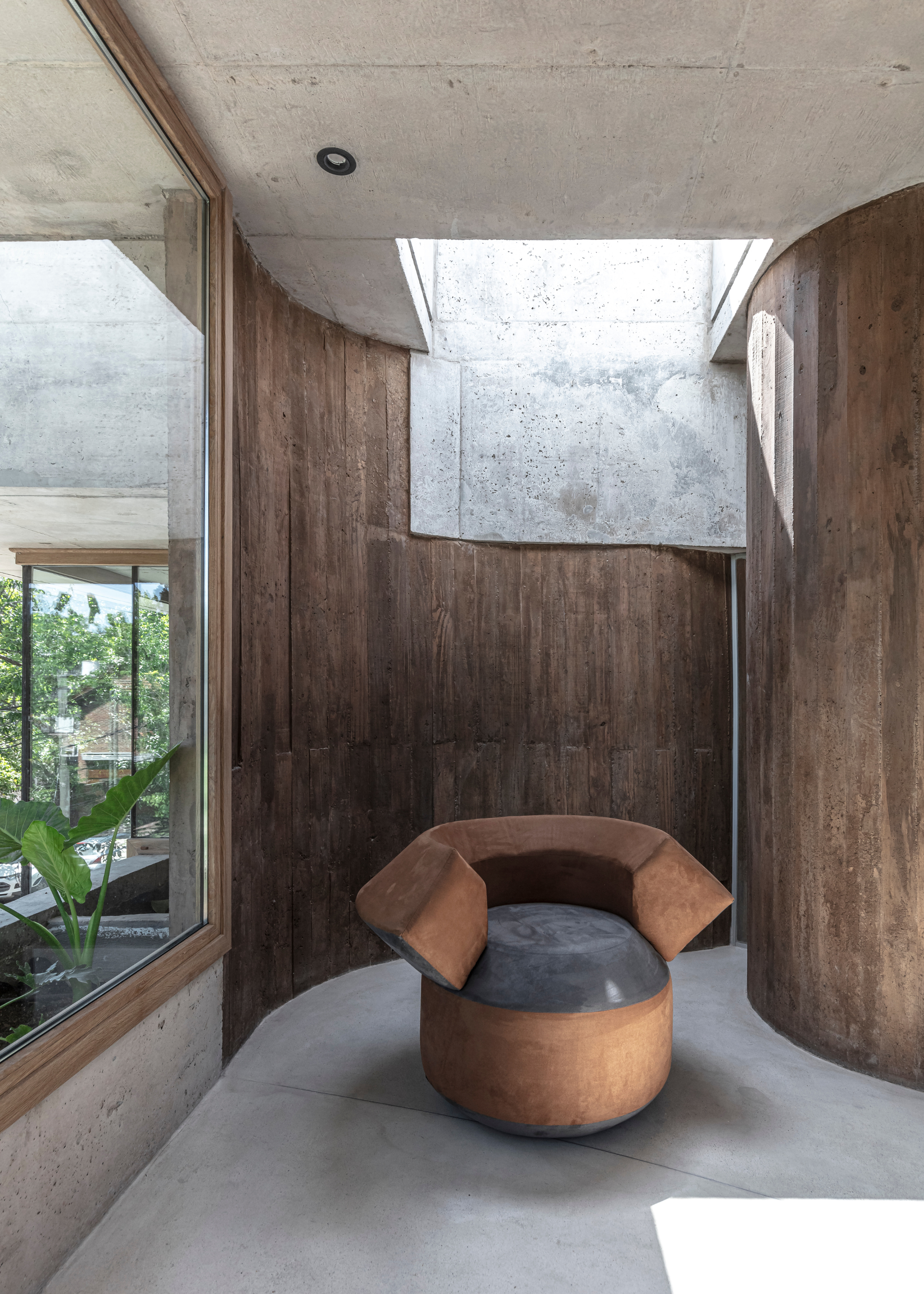
The main thing to remember when designing your meditation room is to ensure that every single thing you choose to sit in this space brings you a sense of ease.
"A meditation room doesn’t have to look styled; it just needs to feel true to you," Farah explains. "Keep it uncluttered, but let it hold meaning, maybe a low seat, a small sculpture, or an incense bowl."
She finds that even a single fresh flower or a few greens can subtly lift the energy. "What matters is that every element in the room has a quiet purpose," she notes. "Nothing more, nothing less."
Color: Dune
You can also bring a yoga mat into your meditation room, and this mat from Stakt is one of the chicest around.
FAQs
What Is the Point of a Meditation Room?
"In today's busy world, having a room like this can really help you chill out, de-stress, and sleep better," says Evelina. "The idea is to create a boundary between chaos and calm. Over time, just walking into this room will start to relax you and help you focus on yourself."
Inspiration for your meditation room is all around. And since designing pockets of calm can mean different things to different people, the final visual result is completely your own.
The only thing that matters is that it remains unbusied and perfectly hushed from the hustle of the rest of your home. And if you're interested in transforming more of your home in the name of wellness, then perhaps designing a digital detox zone should be next.







